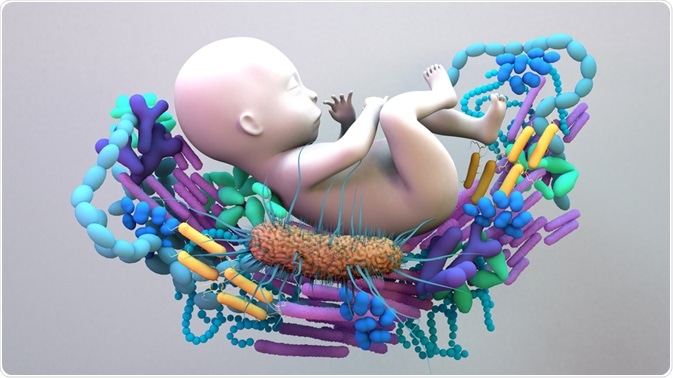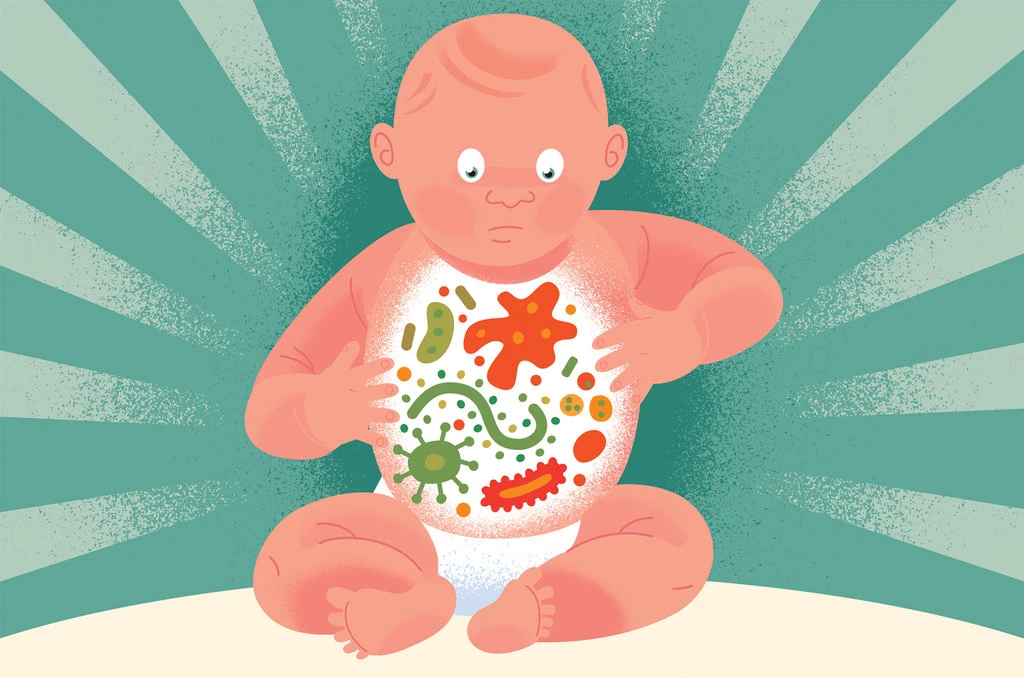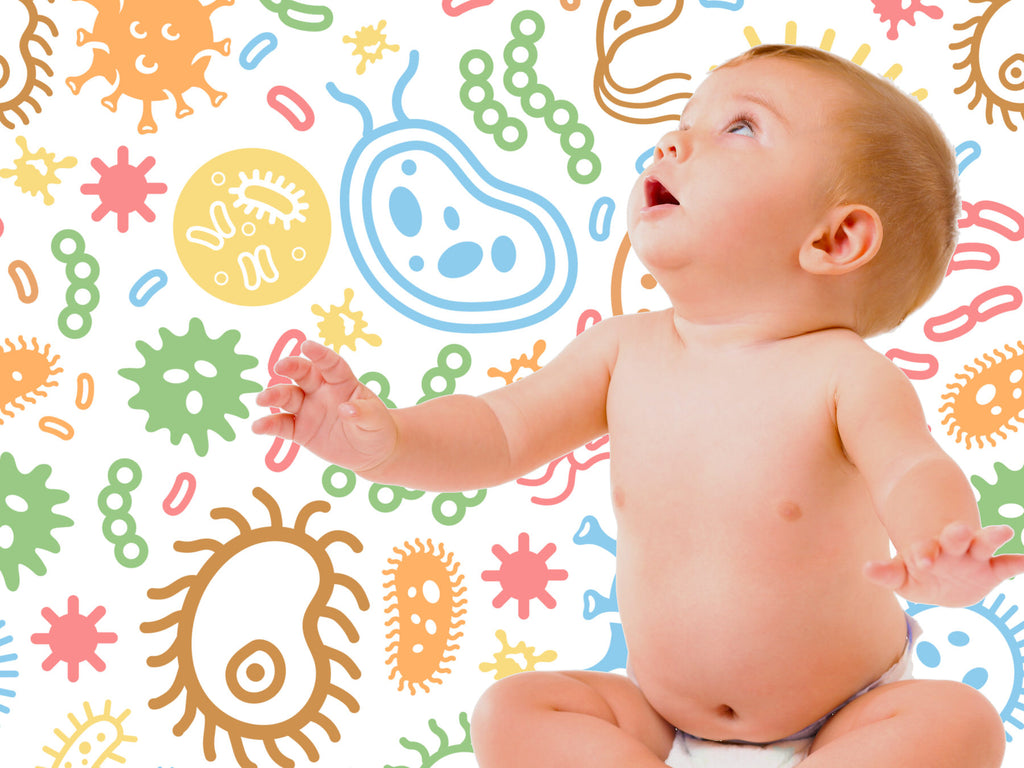Impact of Microplastics on Children's Digestive Health and Gut Microbiome: A Growing Concern
Impact of Microplastics on Children's Digestive Health and Gut Microbiome: A Growing Concern
Microplastics, tiny plastic particles less than 5 millimeters in size, have been found not only in our food and water but also in the digestive systems of humans and animals. As children are especially vulnerable to environmental contaminants, understanding how microplastics affect their digestive health and gut microbiome is crucial. In this blog post, we will examine the potential dangers of microplastics on children's digestive systems and discuss practical strategies to minimize exposure.
Why Are Microplastics Harmful to Children’s Digestive Health?
Children’s digestive systems are still developing, making them more susceptible to harmful substances. Here’s why microplastics pose a particular threat:
- Immature Gut Barrier: The intestinal lining of young children is not fully matured, making it more permeable to contaminants.
- Developing Microbiome: Disruptions to gut bacteria can have long-lasting health effects.
- Higher Exposure Rates: Children consume more food and water relative to their body weight compared to adults.
How Do Microplastics Enter the Digestive System?
Microplastics can enter a child’s body through several common pathways:
- Ingesting Contaminated Food and Water: Bottled water, processed foods, and seafood often contain microplastic particles.
- Hand-to-Mouth Behavior: Young children often put toys and objects in their mouths, increasing exposure.
- Airborne Particles: Inhaling airborne microplastics that eventually end up in the digestive tract.
Health Risks of Microplastics on the Digestive System
The ingestion of microplastics can have various adverse effects on children’s digestive health:
1. Gut Microbiome Disruption
- Imbalanced Gut Flora: Microplastics may alter the diversity and composition of gut bacteria.
- Reduced Beneficial Bacteria: Exposure can decrease populations of helpful microbes like Lactobacillus and Bifidobacterium.
- Increased Pathogenic Bacteria: Disruptions may allow harmful bacteria to thrive, causing infections and inflammation.
2. Inflammation and Gut Permeability
- Intestinal Inflammation: Ingested particles may trigger an immune response, leading to chronic gut inflammation.
- Leaky Gut Syndrome: Weakened intestinal barriers allow toxins and pathogens to pass through into the bloodstream.
- Chronic Digestive Disorders: Long-term inflammation can increase the risk of conditions like irritable bowel syndrome (IBS).
3. Endocrine and Metabolic Issues
- Chemical Leaching: BPA and phthalates from microplastics can disrupt hormonal regulation.
- Metabolic Dysfunctions: Altered gut bacteria may affect metabolism and energy balance.
- Potential Obesity Risk: Gut microbiome imbalances are linked to metabolic disorders and weight gain.
Real-Life Case Studies and Emerging Research
While direct human studies are limited, animal studies have demonstrated significant disruptions to the gut microbiome and increased intestinal permeability when exposed to microplastics. These findings suggest that similar risks may exist for children.
How to Protect Children’s Digestive Health from Microplastics
Here are some practical ways to reduce microplastic exposure and support gut health:
1. Filter Drinking Water
- Use High-Quality Filters: Reverse osmosis or activated carbon filters are effective at reducing microplastics.
- Avoid Bottled Water: Opt for filtered tap water stored in glass or stainless steel.
2. Choose Natural and Whole Foods
- Minimize Processed Foods: These often contain plastic contaminants.
- Select Fresh Produce: Avoid pre-packaged items whenever possible.
3. Promote Gut Health Through Diet
- Probiotic-Rich Foods: Yogurt, kefir, and fermented vegetables help maintain a healthy microbiome.
- Prebiotic Foods: Whole grains, bananas, and garlic support beneficial bacteria.
- High-Fiber Diet: Aids in moving particles through the digestive tract, reducing their absorption.
4. Encourage Proper Hygiene
- Wash Hands Frequently: Especially before meals to minimize ingestion of microplastics from contaminated surfaces.
- Clean Toys and Utensils Regularly: Keep objects that come in contact with food or mouths free of dust and dirt.
Final Thoughts
The potential impact of microplastics on children's digestive health and gut microbiome is an emerging area of concern. Taking proactive steps to reduce exposure, such as filtering drinking water and choosing whole foods, can make a difference. Maintaining a healthy gut microbiome through diet and hygiene practices is crucial in protecting children from the long-term effects of microplastic contamination.
Amazon best seller






Comments